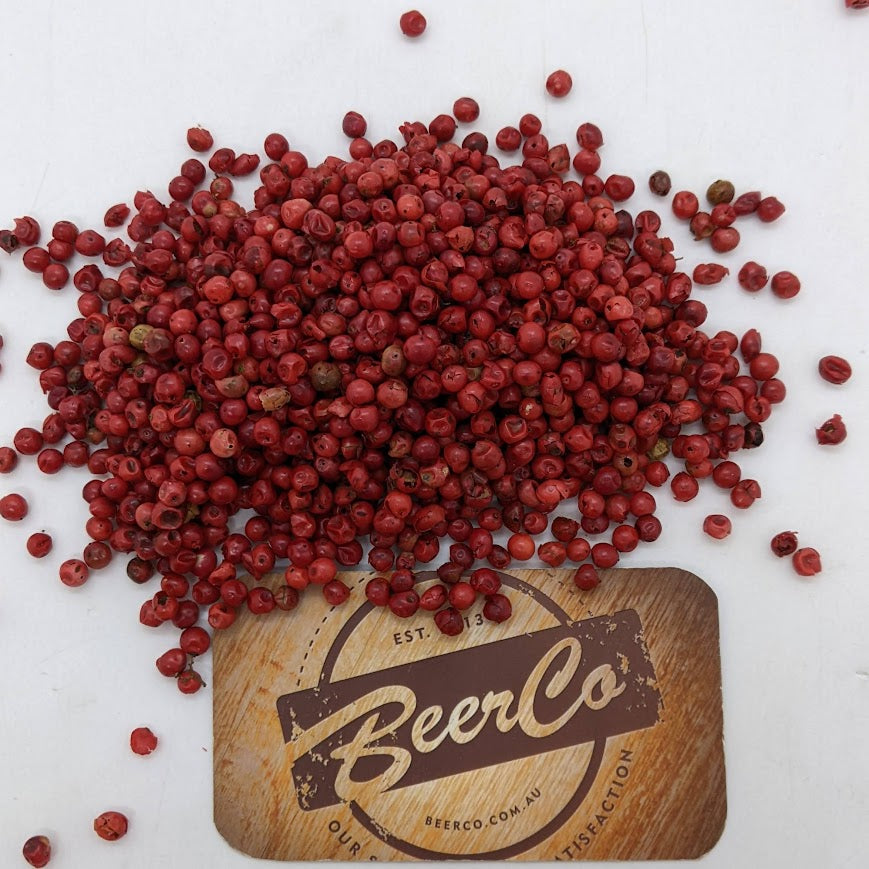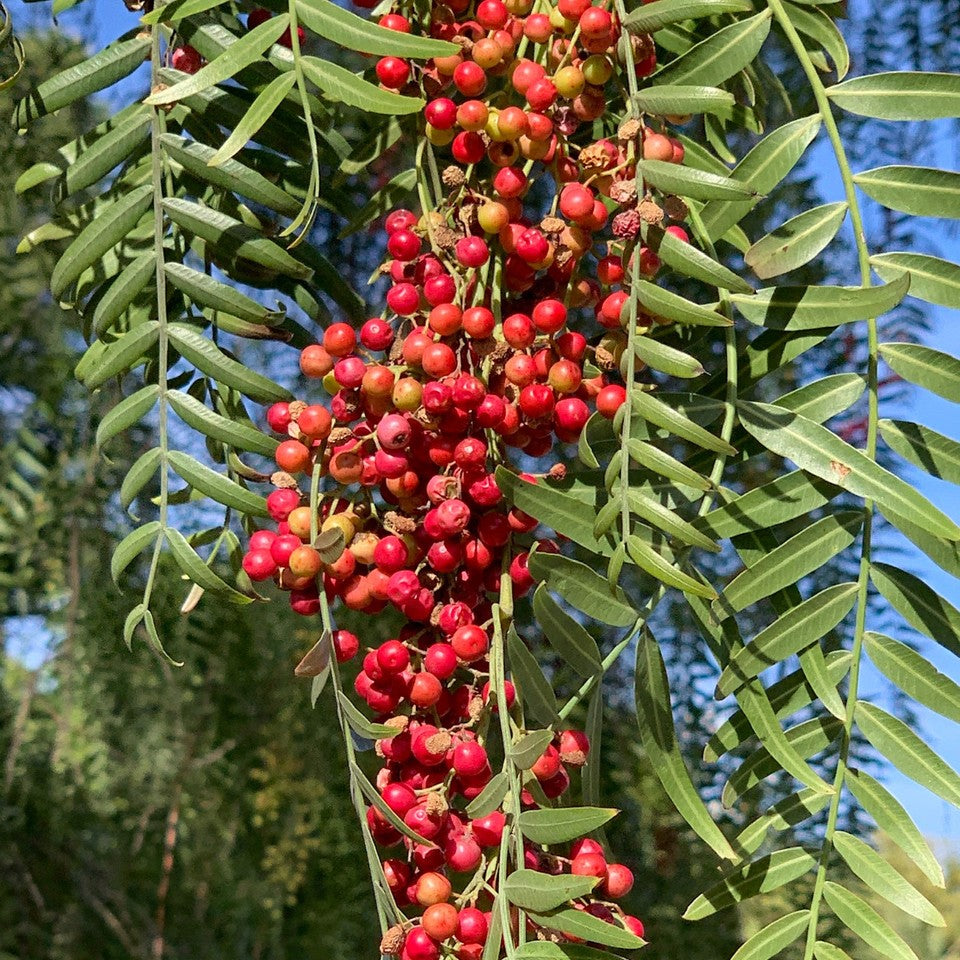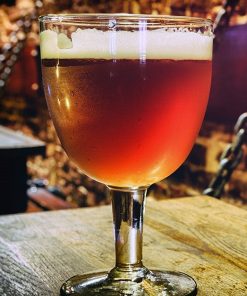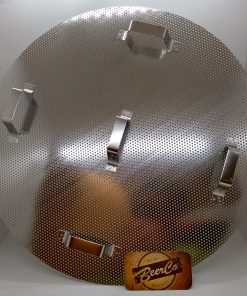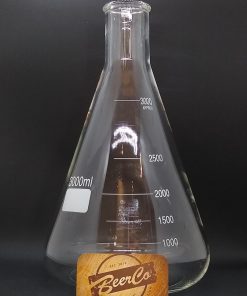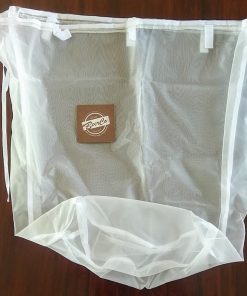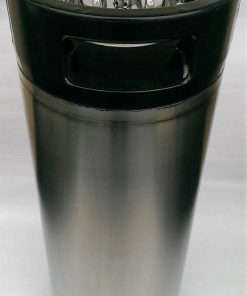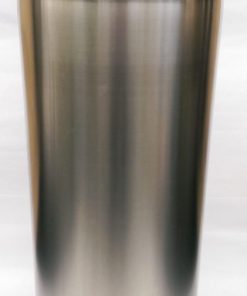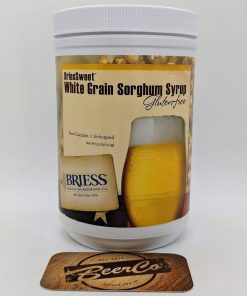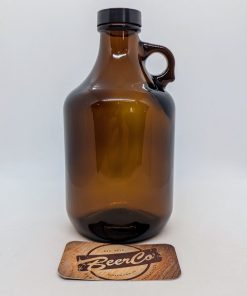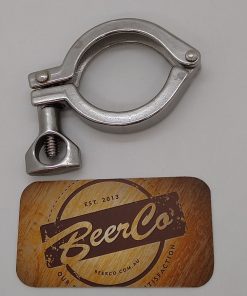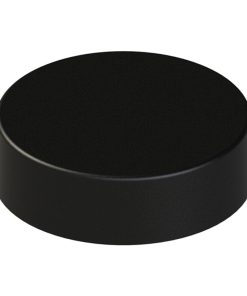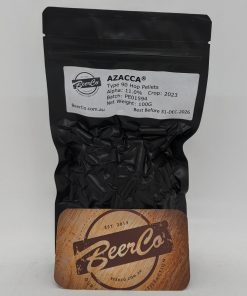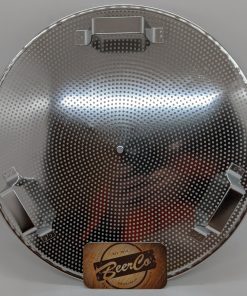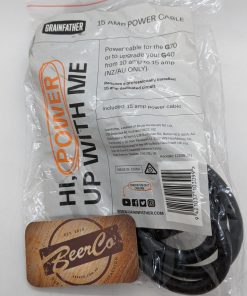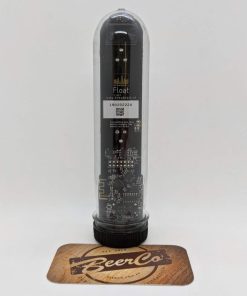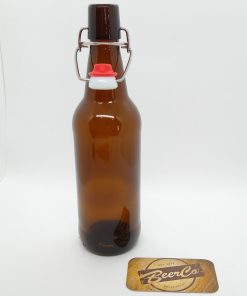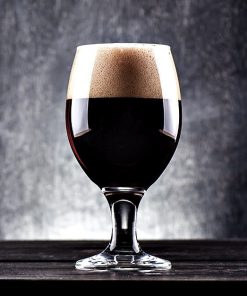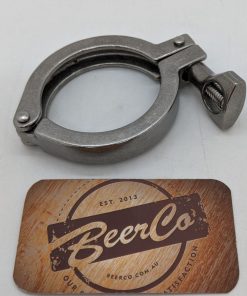Pink Peppercorns Whole | Schinus terebinthifolius Langdon
$ 9,95 $ 5,97
As pretty as they are spicy, these flavoursome little berries are, in fact, not a pepper at all, but rather a surprise addition to the cashew family. Pink Peppercorns are the fruit of both the Peruvian pepper tree (Schinus molle) and the Brazilian pepper tree (Shinus terebinthifolius) are harvested and sold as pink peppercorns and are used interchangeably (often they are even mixed together).
The Pink Peppercorn tree is a member of the most interesting of plant families – Anacardiaceae (cashew family). Within Anacardiaceae one finds mangoes, cashews, shellac – and poison ivy, poison sumac, and poison oak.
The pink peppercorn is widely planted as an ornamental and street tree in all states and territories of Australia, from Townsville in Queensland, all the way around to Alice Spring and across to Carnarvon in Western Australia. It is drought-tolerant and will flower and fruit for extensive periods – offering a readily available spice wherever you are and whenever you need it. Originally from northern South America, it is now found in warm climates all over the world.
The pink peppercorn’s history as a drink ingredient begins around 1000 AD, at the remarkable Cerro Baul brewery in ancient Peru. Archaeological evidence shows that the Wari people settled the area around 600 AD and set up facilities to make corn-based beer called Chicha flavoured with peppercorns. Women held the high honor of brewmaster. The Wari burned teir brewery in 1000 AD – perhaps fleeing the area during warfare – but early Spanish friars reported the use of peppercorn to make wine several centuries later, suggesting their traditions survived.
Today Pink Peppercorns are used as a flavouring in beer, gin, flavoured vodka and bitters. In Mexico, the fruit is ground, mixed with agave juice and then fermented to make alcoholic beverages.
Our pink peppercorns are sourced from Brazil and have a resinous, floral quality with a hint of tart, raspberry sweetness.
Pink peppercorns are increasingly distilled and added to gin, non-alcoholic beverages, and aromatic essences. They are also used raw as garnishes and flavour components in cocktails and gastronomy.
Pink peppercorn has a resinous, pinene quality, which is why it works so well with juniper (hence, it’s rapidly increasing use in gin). There is a light berry sweetness to it, too, but overall it brings a great pop and a big dose of levity. Rounded and fruity, it’s a great addition to anything calling for a hit of spice without that dusty, peppery slap.
When distilled, the pink peppercorn retains its almost sappy nature, bringing a certain amount of fire to a spirit. It’s a genuinely exciting flavour and impossible to pinpoint to any one comparison. Pungent, yet light, it brings heat but not fire, is present right off the bat growing in stature until at it’s peak towards the finish, bringing a sparky introduction to the very first sip of the gin that holds it.
Best used…in
Pink Peppercorn makes a lovely garnish when sprinkled on top of a Copa-served G&T with a handful of bay leaves.
Form:
- Whole Pink Peppercorn berries
Pack Sizes:
- 100g
- 1 Kg (SAVE 30% OFF 100g Price)
- 5 Kg (SAVE 40% OFF 100g Price)
- 10 Kg (SAVE 50% OFF 100g Price)
Botanical Name: Schinus terebinthifolius
Country of Origin: Brazil
Lot # B431880 Best Before End: 29 Jan 2028
Some Beverages, Beers and Spirits that contain Pink Peppercorns:
- Archie Rose Pink Peppercorn Vodka
- Archie Rose Strawberry & Pink Peppercorn Gin
- Never Never Pink Pepper Gin
- Pomona Pink Peppercorn Gin
Further Reading on Pink Peppercorns in Australia
- Pink peppercorns, on a tree near you
| Size | 100g, 1 Kg, 5 Kg, 10 Kg |
|---|
Fast shipping and professional packing
We offer a wide range of shipping options due to our long-running partnerships with UPS, FedEx and DHL. Our warehouse staff are highly trained and will package your items according to our precise and precise specifications. Before shipping, all goods are thoroughly inspected and securely secured. Every day we ship hundreds of packages to our customers from all over the world. This is a sign of our commitment to be the largest online retailer worldwide. The warehouses are located situated in Europe as much as they are in USA.
Note: Orders containing multiple items will have a different processing period for each item.
Before shipping the items, our staff will carry out an extensive inspection of the products you have ordered. The majority of orders are delivered within 48 hrs. The delivery time should be between 3-7 working days.
Returns
We don't manage the stock in our factory and warehouse. Actual stock levels may fluctuate at any moment. Be aware that it's possible that your order will be out of stock after you have placed the order.
Our policy is for 30 days. Unfortunately, if 30 days have passed from the date you purchased the product, we are unable to offer you a return or exchange.
The item must not be used, and it must be in the original packaging. It must also be in the original packaging.
Related products
Equipment
Brewing Aids
Equipment
Brewing Aids
Brewing Aids
Equipment
Brewing Aids
Brewing Aids
Equipment
Equipment
